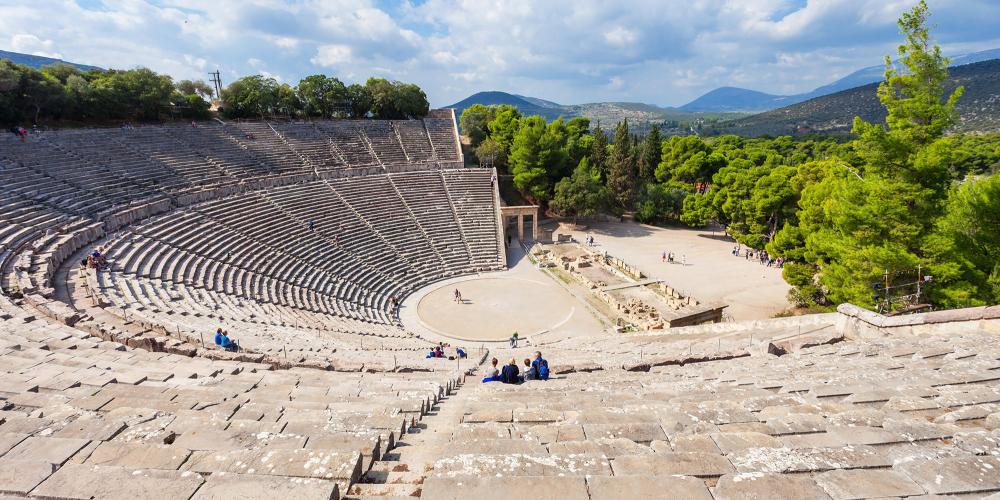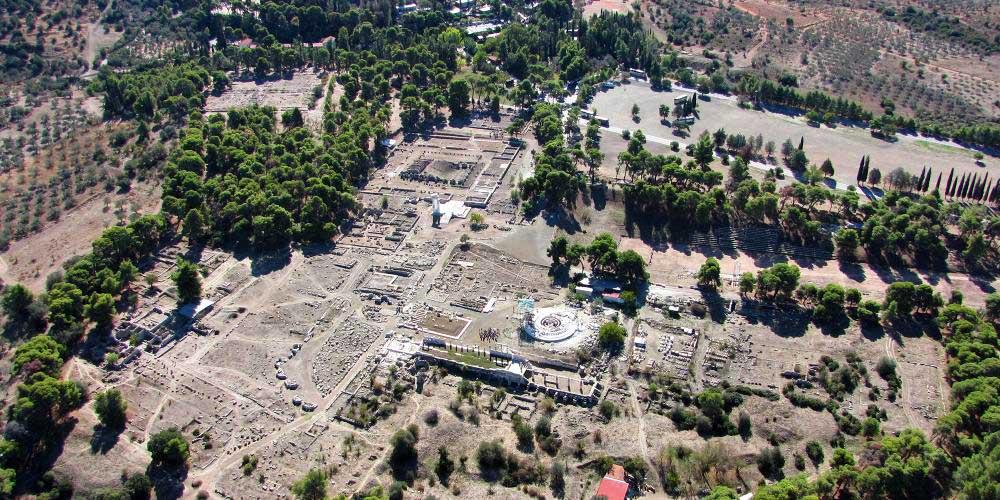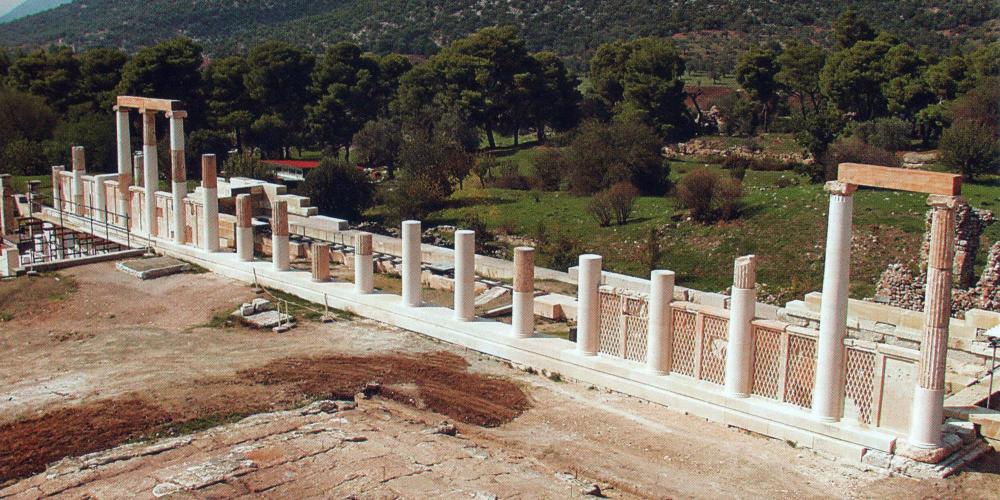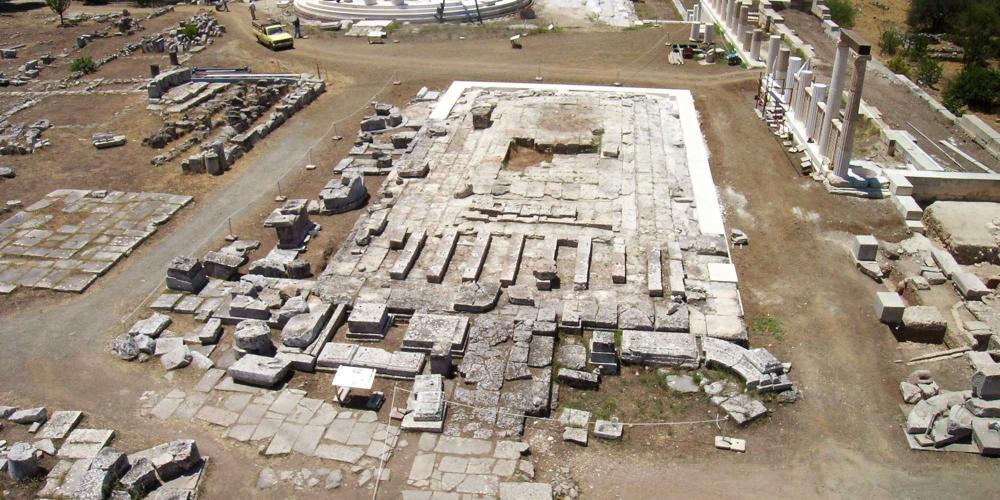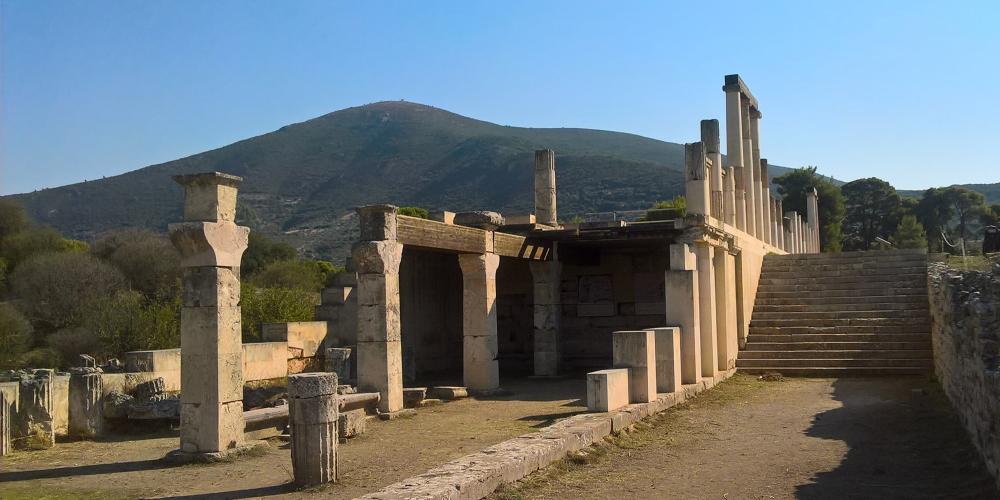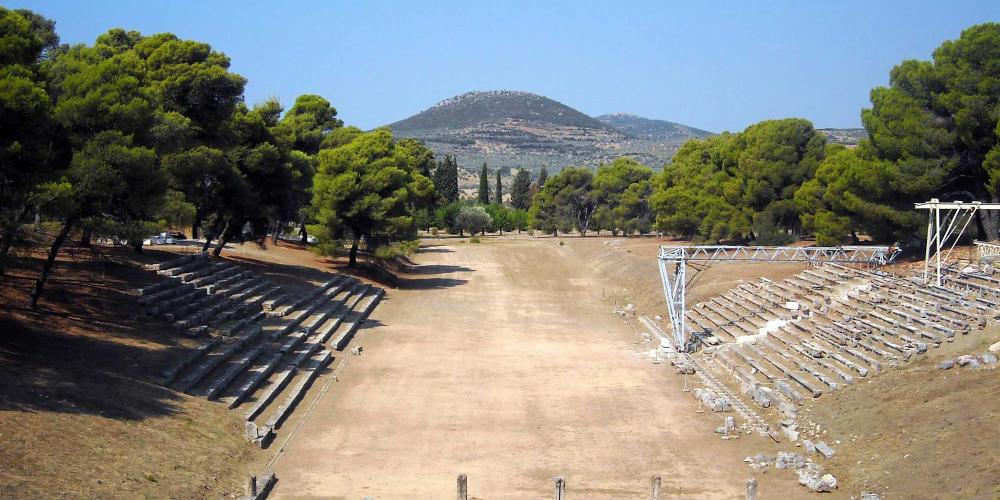Sanctuary of Asclepius at Epidaurus, Greece

Epidaurus is considered by many to be the birthplace of modern medicine. It began as a sanctuary dedicated to the god of medicine, Asclepius. People, who suffered from illnesses, travelled long distances to be blessed by the deity. Over the years, the holy men at the site began using herbs, cleansing rituals, and other techniques that transformed the treatment from divine to scientific. The knowledge developed here became the basis for future medical innovations.
For travellers curious about the roots of European culture, a visit here—with its hospitals and temples—provides insight into an early approach to medicine and a fascinating view into the healing cults of Ancient Greece and Rome. As well, the main buildings are excellent examples of the architecture of the era and the theatre, in particular, is considered a masterpiece.
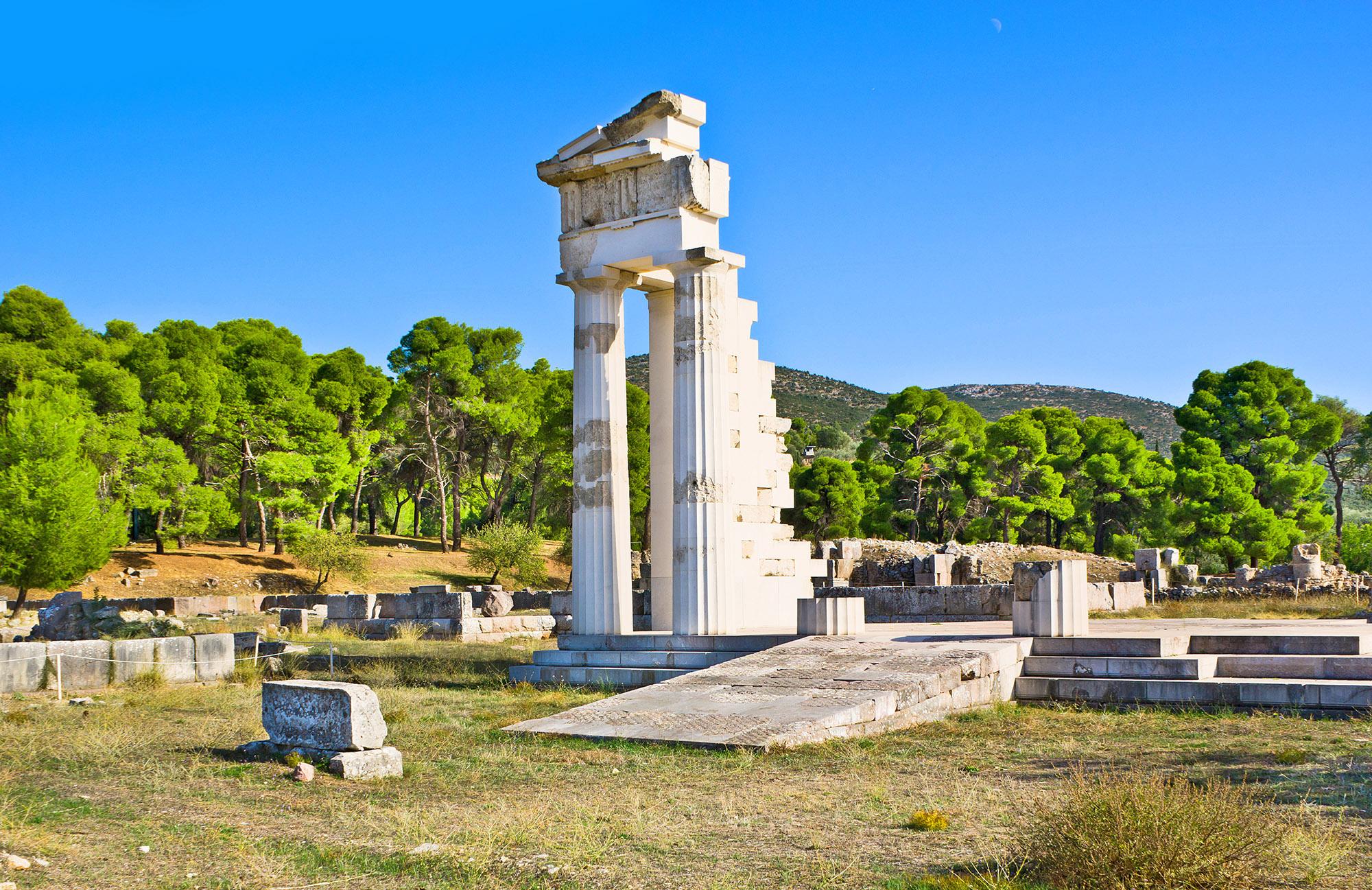
Epidaurus is a one-of-a-kind archaeological site, featuring the remains of one of the most complete Greek sanctuaries of the ancient world. Walk through the foundations of a hospital, where worshippers of Asclepius believed his divine powers would heal them. Visit the well-preserved theatre, with its miraculous shell-like structure and amazing acoustics and harmonious architecture, which provided an escape for visitors from their everyday problems. The athletic and artistic contests held here formed an integral part of the activities conducted in honour of the god of medicine. In the warmer months, don't miss the Athens & Epidaurus Festival, which hosts performances by internationally acclaimed theatre, dance, and music artists.
The Beginning of Medicine
The sanctuary of Asclepius at Epidaurus, situated in a quiet valley in the northeastern Peloponnese, is a tribute to the origins of Greco-Roman healing cults. The vast site, with its temples and hospital buildings devoted to gods, provides evidence of the transition from belief in divine healing to the science of medicine. The site was inscribed on the World Heritage List in 1988 on the basis of being the earliest organised sanatorium and as one of the most complete ancient Greek sanctuaries—renowned for its architectural brilliance and influence.

Initially it was a site of ceremonial healing practices in the 2nd millennium BC, and these curative associations were enriched through the cults of Apollo Maleatas in the 8th century BC and Asclepius by the 6th century BC. The sanctuary of the two gods was developed into the single most important therapeutic centre of the ancient world. These practices were subsequently spread to the rest of the Greco-Roman world and the sanctuary is considered the cradle of medicine.
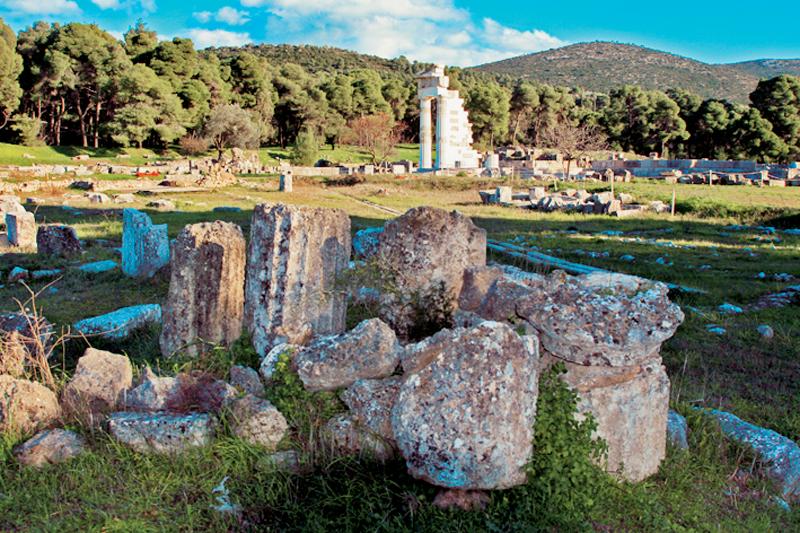
An extensive construction programme was undertaken during the 4th and the 3rd centuries BC and included the striking theatre of Epidaurus. Renowned for its perfect architectural proportions and exemplary acoustics, the structure was erected in the southern part of the sanctuary in order to host performances.
The theatre was discovered during the first systematic excavation of the sanctuary in 1881. Its magnificent level of preservation led to the decision to host events consistent with its character and cultural significance. Since 1975, the theatre has staged numerous plays from ancient and modern (like Shakespeare and Becket) classical writers. In 2017, an initiative was launched—Epidaurus Lyceum—to teach ancient drama to new actors and drama students from around the world.
How to Get There
By car, the Sanctuary of Asclepius in Epidaurus is approximately two hours from Athens. Follow the signs to Corinth. After the Corinth Canal, turn right and pass under the highway and follow signs to Epidaurus. The theatre parking lot has plenty of spaces for cars and coaches.
Please keep in mind that the name of the site on signs can vary and it may be written “Epidaurus” or “Epidavros.” They both refer to the same location. When you are headed to the Sanctuary of Asclepius, don’t be distracted by signs to New Epidaurus or Palaia/Old Epidaurus because they will lead you to a modern coastal town and not to the archaeological site of the sanctuary.
There are daily buses departing from Athens's central bus station in Kifissos to Epidaurus direct or via Nafplio. From the Athens International Airport take the X93 direct bus to the Kifissos bus station.
When to Visit
Epidaurus is a year-round destination. Weather conditions are especially reliable during the spring and summer.
Performances in the ancient theatre take place during the Epidaurus Festival in the summer. The official programme starts in June and ends in August. The programme includes ancient and modern theatre, opera, dance, music concerts, and visual arts.
How to Visit
To get a complete overview of the site and surrounding area, spend at least one full day and night. This will give you the chance to enjoy the main archaeological sites, regional museums, traditional food in the taverns, beautiful beaches, picturesque villages, wineries, ceramic workshops, and shops with local products.
Sights and Attractions recommended by the locals
Sanctuary of Asclepius at Epidaurus, Greece
08.00-20.00
For updated information, visit:
http://www.argolisculture.gr/en/
http://odysseus.culture.gr
Archaeological sites and museums are closed on 1st of January, 25th of March, Easter Day, 1st of May, 25th-26th December.
Tickets
1.11.2017-31.3.2018: 6.00 € (reduced 6.00€)
1.4.2018-31.10.2018: 12.00 € (reduced 6.00€)
Ticket is valid both for the archaeological site and the museum.
Free Admission Days:
- 18 April (International Day of Monuments and Sites)
- 18 May (International Day of Museums)
- The last weekend of September annually (European Heritage Days)
- Every first Sunday from November 1st to March 31st
Entrance is free for university students from EU and children below the age of 18
